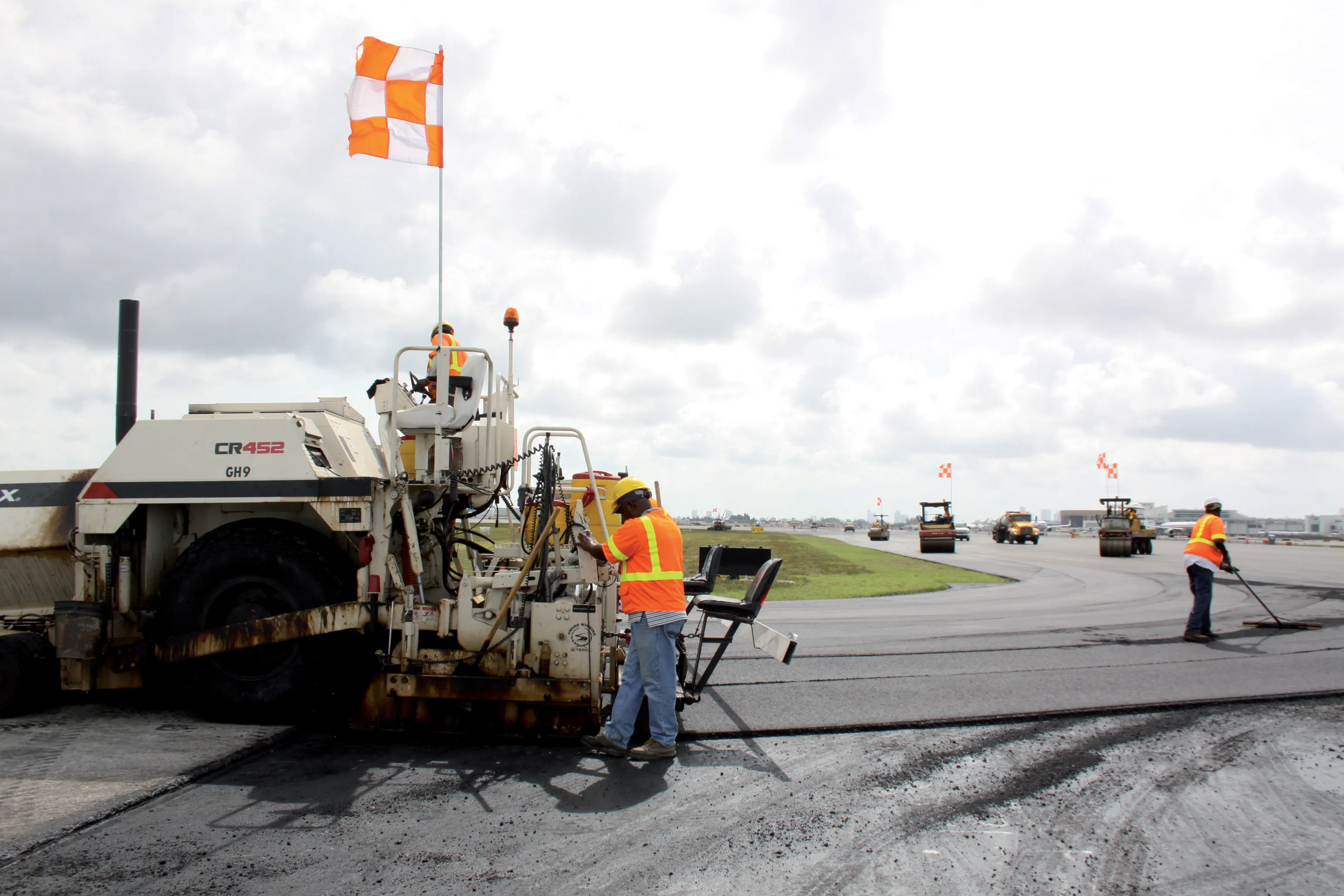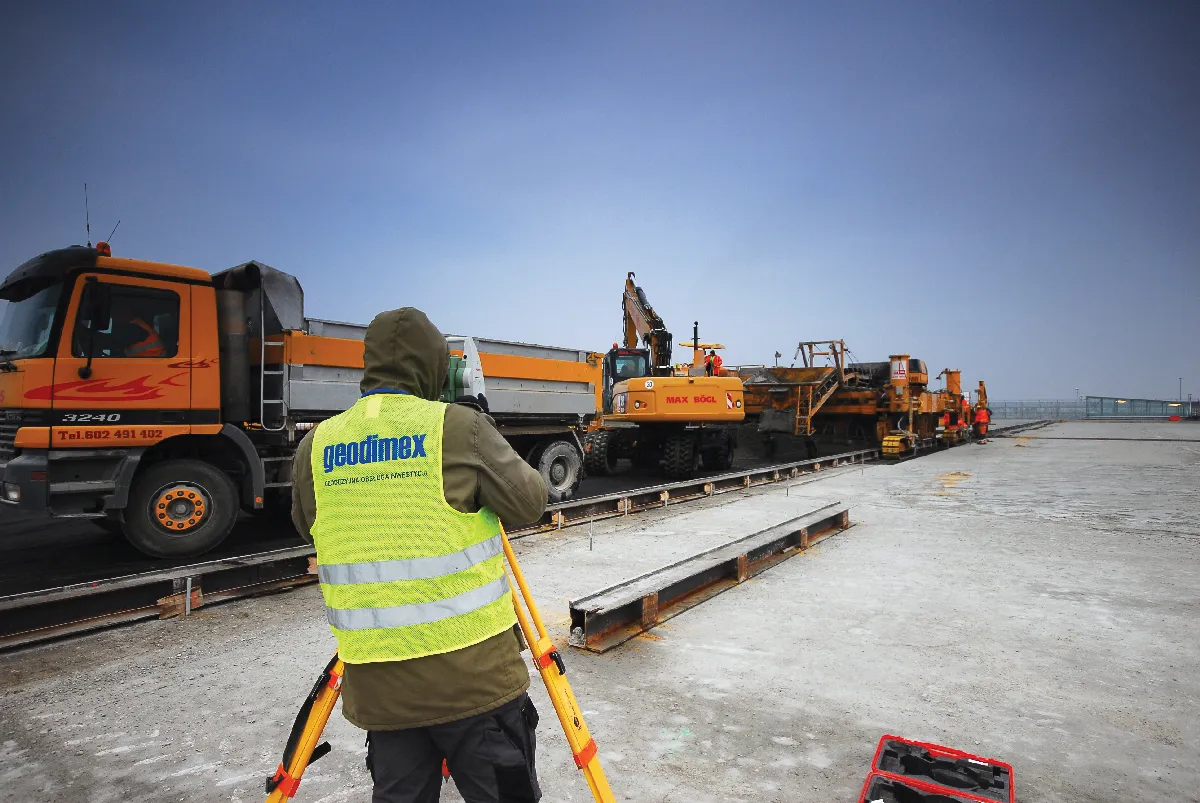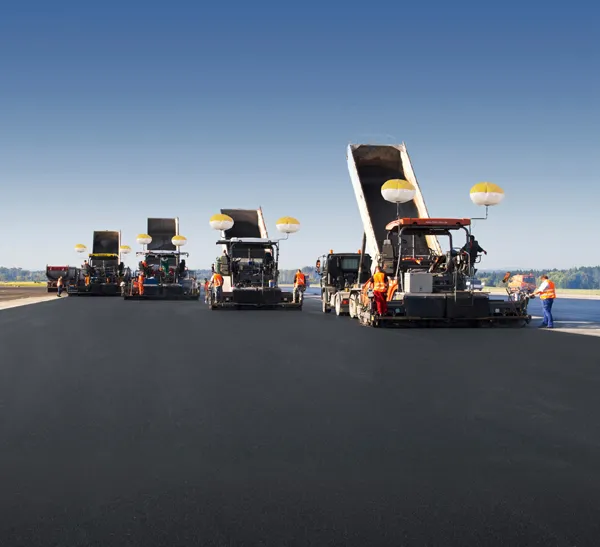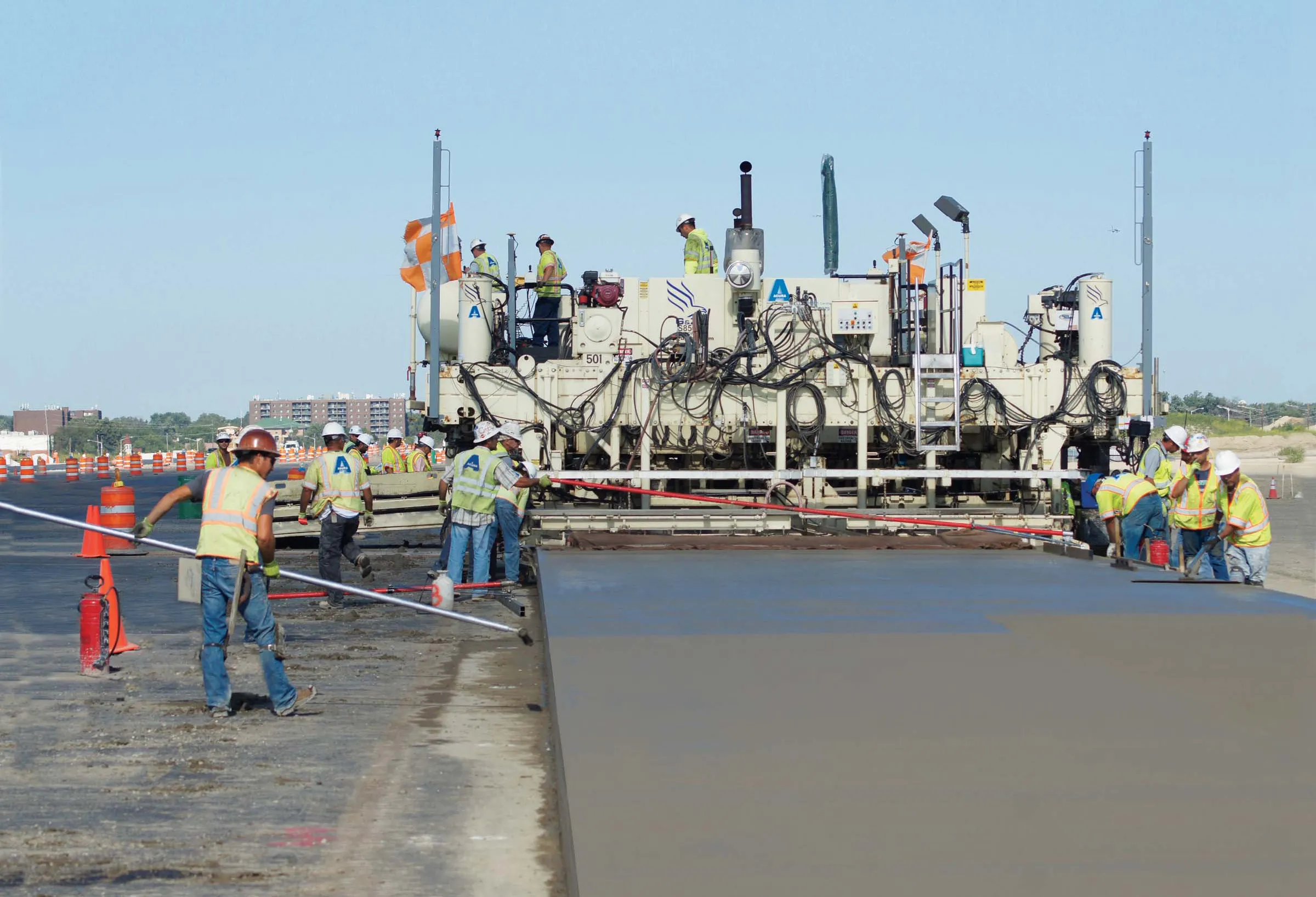
Improvements worth US$30 million are being carried out at Miami International Airport. The work includes runway resurfacing with specialist contractors having been brought in to handle the project.
This is a busy facility handling some 34 million passengers/year and the work is being carried out over a period of 454 days in all, starting in September 2009 and due to finish in December 2010. The focus of attention is the upgrade to the airport's second longest runway, 8R 26L as well as the adjoining M and N taxiways, while the work also includes new lighting.
While a significant percentage of large US airports now feature concrete runways, the authorities at the Miami Dade Aviation Department (MDAD) have opted to use asphalt. According to MDAD the asphalt runway structure has withstood the climate and structural loads exerted by large passenger and freight aircraft using the airport. The reason for the upgrade is to replace the runway surfaces, which are showing the effects of rutting and oxidation caused by the heavy traffic load since the last resurfacing work carried out in the early 1990s.
The runway work is being carried out in seven phases and includes milling the existing surface of sections of the 3km long by 61m wide runway. This required milling to different depths ranging from 6.35-127mm, depending on the specific need at each stage. However the aim of the work as to allow for at least 76mm of new asphalt to be laid along the centre of the runway. This work has been carried out in a tight time-frame to reduce the delays to aircraft lights. Another part of the airport needing repair is a pad where the M, N, P and Q taxiways converge for the runways. This area had been repaired frequently, so MDAD opted to have the construction crews tackle the pad while runway 8R 26L was closed for repairs.
The pad area was excavated and the sub-base was then replaced and capped with polymer-modified asphalt, to cope with the large volumes of aircraft traffic. Two plants supplied the asphalt, with a batch facility close to the airport supplying most of the material backed up by plant located at a quarry site in the vicinity.
Contractor General Asphalt has carried out much of the surfacing using two









